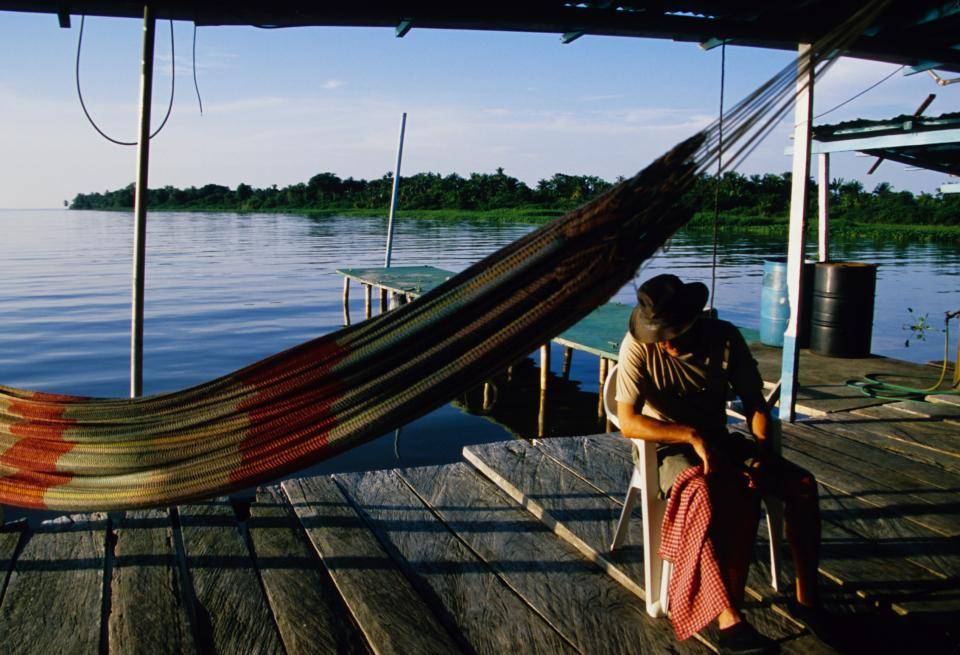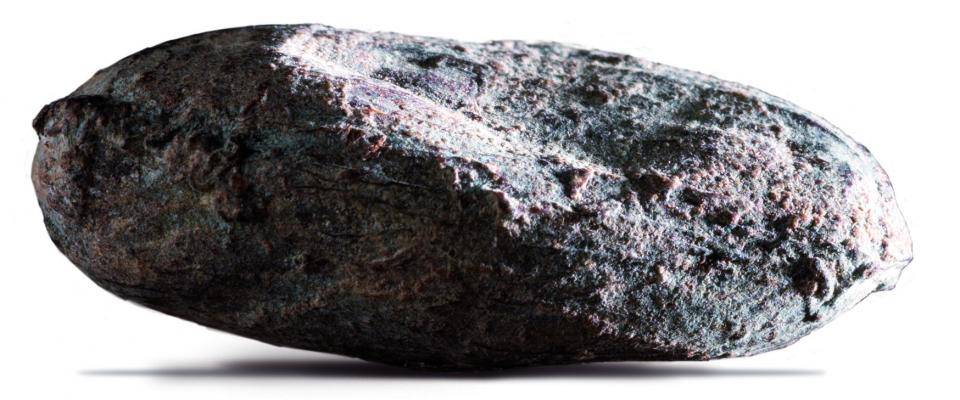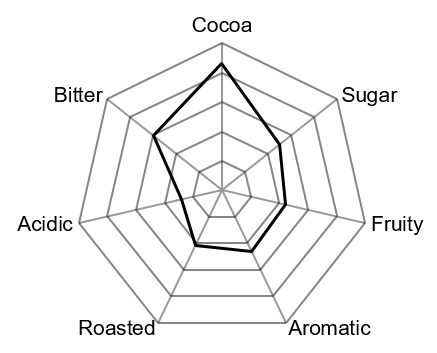
VENEZUELA

HISTORY
When Spanish conquistadors arrived in Venezuela, they discovered regions conducive to cocoa cultivation, such as the Rio Negro, El Pedegral, the shores of Lake Maracaibo, and nearby rivers. The indigenous peoples, mainly practitioners of the Criollo variety, cultivated cocoa. They consumed a beverage made from cocoa beans, spices, and water. Aztecs and Venezuelan Indians also used cocoa for medicinal or religious purposes. Later, the Trinitario variety, a hybrid of Forastero and Criollo, was introduced to Venezuela. Between 1600 and 1800, Capuchin monks from Aragon expanded cocoa plantations throughout the country. In the 1800s, approximately 20,000 tons of cocoa were harvested annually, accounting for 75% of Venezuelan exports and generating substantial profits.
KEY FIGURES
Dominican Republic
Surface area: 916,450 km2
Capital: Caracas
Official languages: Spanish
PLANTATION
Volume of cocoa beans:
20,000 tons
Varieties:
-
Criollo,
-
Trinitario

Beans
" In the north of Venezuela near the Caribbean, the tropical climate benefits these beans and offers a perfect balance between intense cocoa flavor and spicy notes."
Taste Profile
Main notes :
- Fruity,
- Cinnamon

